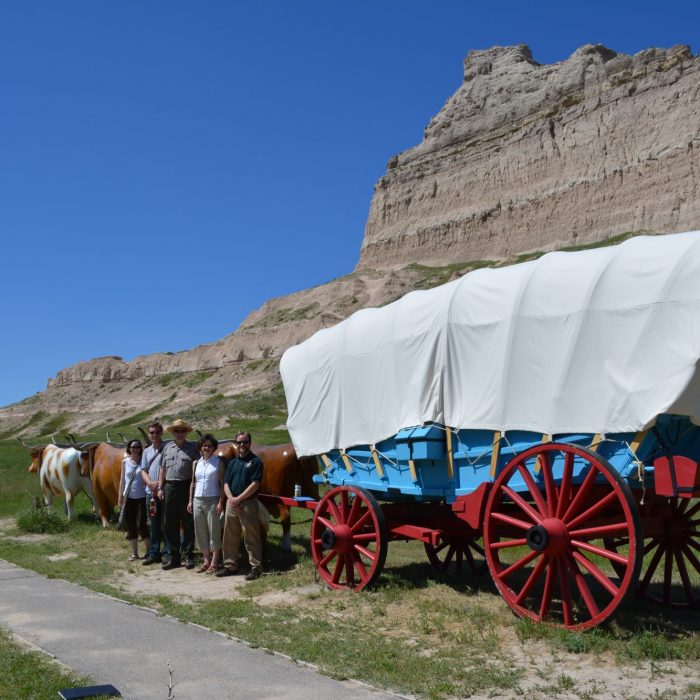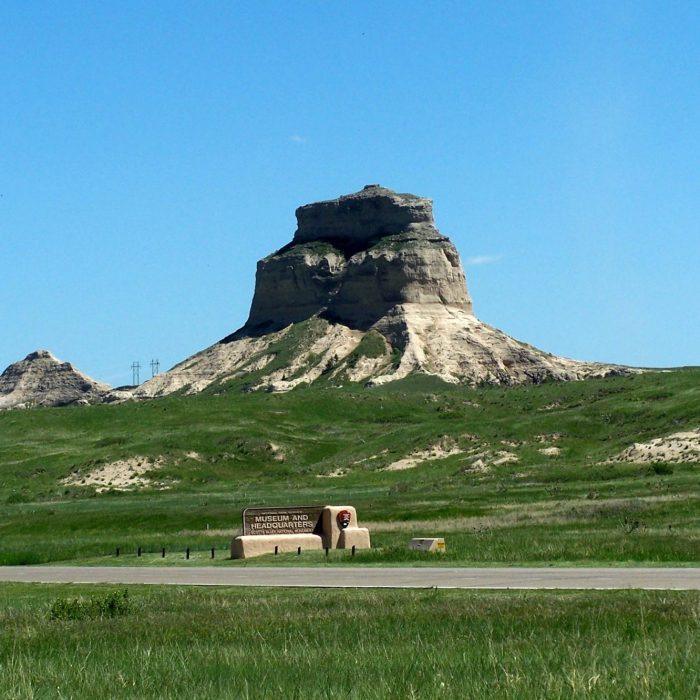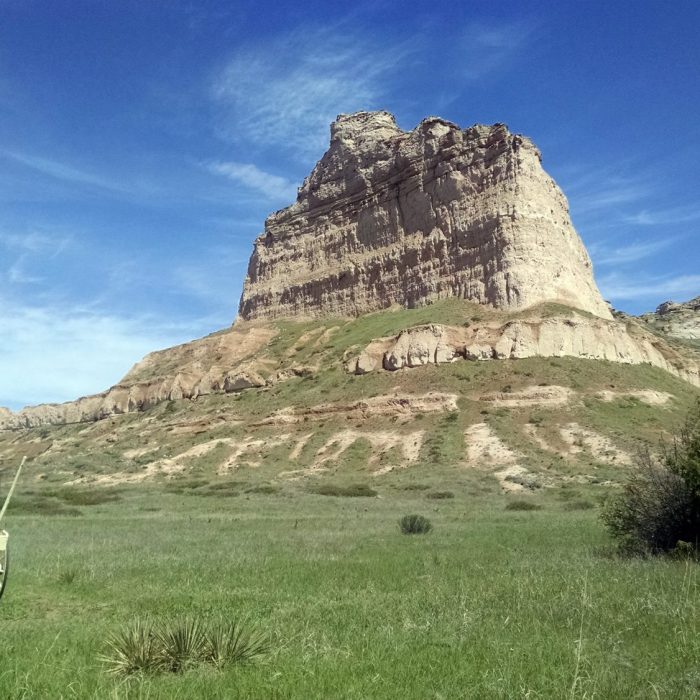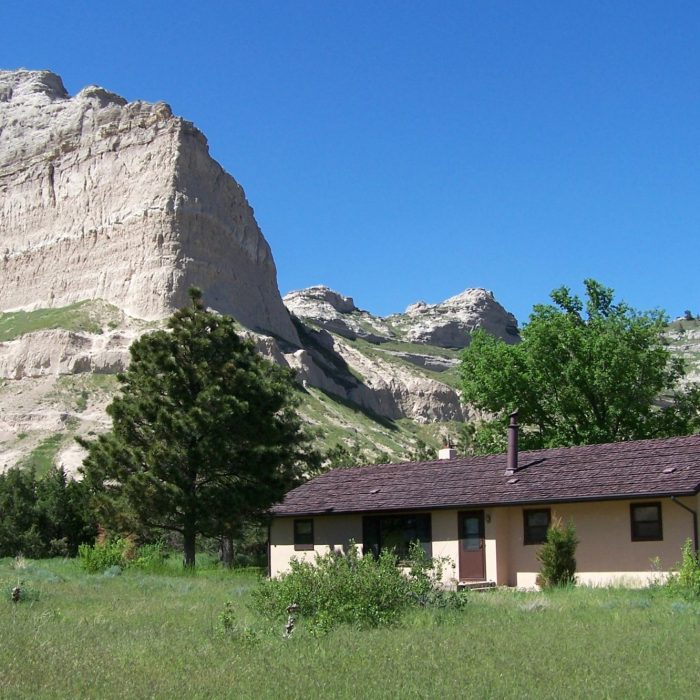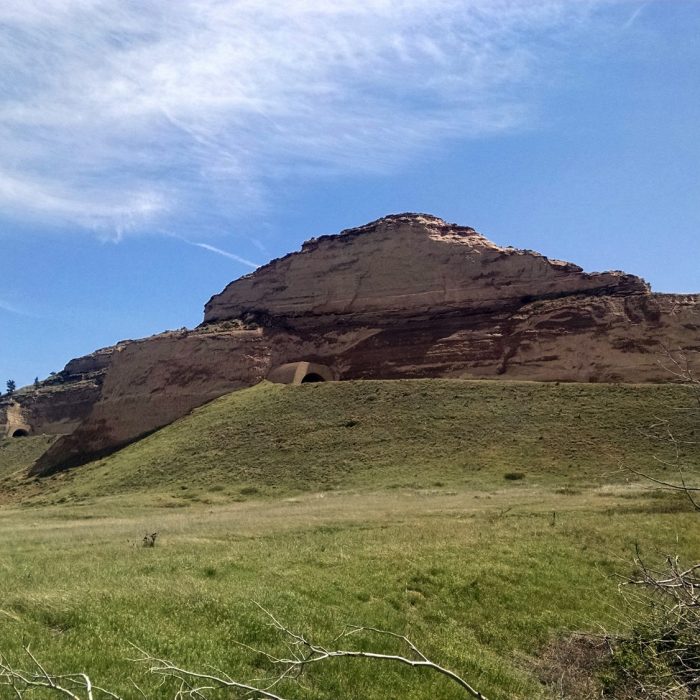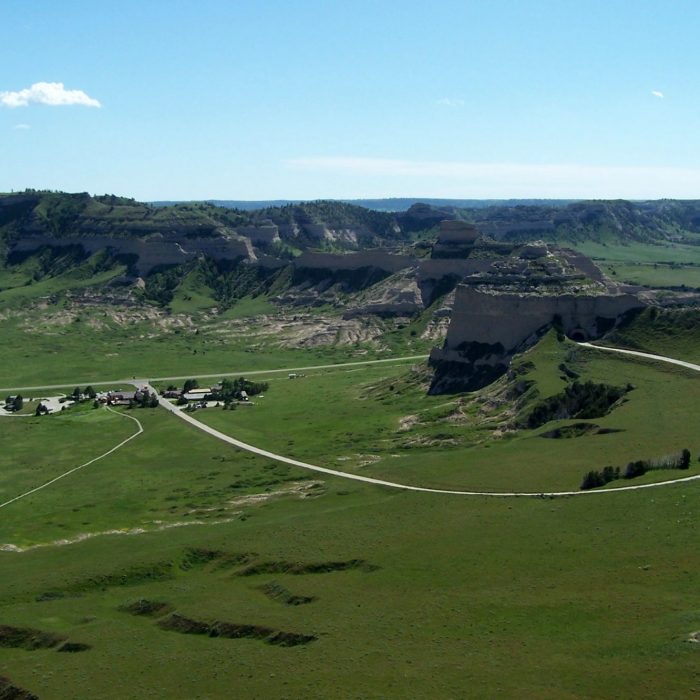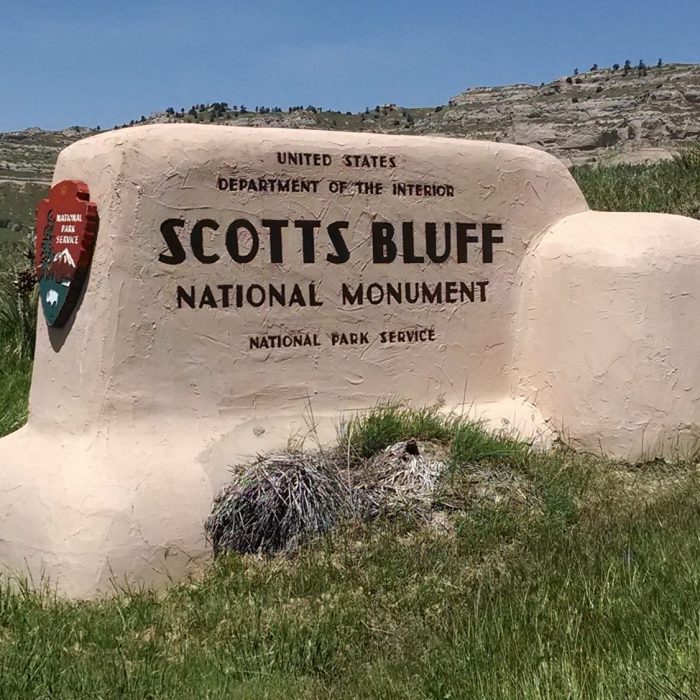Public Outreach Projects
Many of the Public and Environmental History Center's projects involve a public outreach component designed to educate the community. Examples of public outreach include community forums and presentations, social media and digital engagement, publications designed for general audiences, and exhibits and displays. These components serve as a unique way to share our work and projects not just with our client agencies, but also with local communities and the general public, who also have a role and a voice to share in the management of public lands. Below are descriptions of some of the projects that the PEHC has conducted that involve a public outreach component. Contact us to discover how we can partner with you on a project that reaches communities in exciting new ways.
Exhibit Installation Project
Partner: National Wildlife Research Center
Project Principal Investigator: Dr. Sarah Payne
Researcher: Kailee Swolley
Timeline: 2016
This project will produce a physical exhibit using National Wildlife Research Center (NWRC) archival images, materials, and artifacts; an online exhibit using the same theme as the physical exhibit; and will involve the digitization of items (posters, images, and reports) for inclusion in the online exhibit. The PLHC will facilitate and train a student to complete work with NWRC oversight. Creation of the physical exhibit will include working in conjunction with the NWRC Archivist and Archives Technician to create an exhibit theme including identifying a topic and corresponding outreach materials; creating exhibit panels and text; and installing the exhibit. The creation of online exhibit using the same theme as the physical exhibit will include using ContentDM collections software to create the exhibit, and creating corresponding exhibit home page content for the APHIS/NWRC website.
"Confinement in the Land of Enchantment”—Historic Markers, Publication, and Website
Partner: Japanese-American Confinement Sites Grant Program, National Park Service
Additional Partners: New Mexico Japanese American Citizens League, private donors
Project Principal Investigators: Dr. Sarah Payne, Dr. Andrew Russell (Central New Mexico Community College)
Researchers: Tessa Moening (project lead; 2014-), Kellie Nicholas (2015- ), Yancy Bush (2015)
Timeline: 2014-
This Phase II implementation project is an interpretation and education project to increase public education and outreach about Japanese-American confinement sites in New Mexico. An earlier Phase I planning grant received by the New Mexico chapter of the Japanese American Citizens League (NMJACL) resulted in primary research, oral history interviews, and design plans. Phase II builds upon the research conducted in Phase I in order to place historical markers, compile an outreach publication, and design website pages and an Esri Story Map. This Phase II interpretation and education project focuses on the World War II Japanese American confinement sites located in New Mexico, including at Santa Fe, Fort Stanton, Old Raton Ranch (Baca Ranch), and Camp Lordsburg. The goal of the project is to educate a wide and diverse audience of New Mexicans about the experiences of detainees, and to inspire thought and conversation about the projects core theme of identity.
Press Documents:
-- “Project explores New Mexico prison camps for Japanese-Americans during WWII” by Elaine D. Briseno, Albuquerque Journal, December 20, 2015.
-- “CSU historians examine Japanese-American confinement camps in New Mexico” by Jeff Dodge, Source, Colorado State University, December 15, 2015.
-- “Japanese-Americans want remembrance of internment camps” by Robert Richardson, KOAT News, Albuquerque, December 10, 2015.
-- “National Park Service Grant Project: Confinement in the Land of Enchantment (CLOE) Updates”, Sagebrush Shinbun, New Mexico Japanese American Citizens League Newsletter.
-- “National Park Service Grant Project: Confinement in the Land of Enchantment” Sagebrush Shinbun, New Mexico Japanese American Citizens League Newsletter, June 2015.
-- “Past by” by Sarah Payne, TEDxCSU, November 7, 2014.
-- “CSU Assistant Professor Sarah Payne talks about Confinement in the Land of Enchantment” by Katie Schmidt, The Rocky Mountain Collegian, July 28, 2014.
-- National Park Service Japanese American Confinement Sites Grant, JACS Grant Program FY2014 Awardees
Historic Context Report and Interpretive Tools for Exhibits and Programs
Partner: Scotts Bluff National Monument
Additional Partners: Cooper Foundation, Peter Kiewit Foundation, and a third anonymous private foundation
Project Principal Investigators: Dr. Ruth Alexander, Dr. Adrian Howkins
Researchers: Hannah Braun (project lead; 2014-), Dr. Douglas Sheflin (lead researcher; 2013-), Maren Bzdek (2013-2015), Andrew Cabrall (2013-2015), Nicholas Gunvaldson (2014-2015), Joel Scherer (2013-2014), Jordan Cooper (2014)
Timeline: 2013-
This multi-year project involves a historic context report for Scotts Bluff National Monument, a project website, public outreach presentations, and collaboration with an exhibit design firm for new exhibits and interpretation in the monument visitor center. The first part of this project produced a historiographical essay on the overland trail period 1840-1860 with focus on the Scotts Bluff area. The team visited the monument and conducted archival research. The second phase of the project resulted in completion of a ten-chapter historic context report on thematic topics related to the history of the Scotts Bluff area, including geology, Native American history, overland trail migration, overland trail memorialization, rivers and irrigation, homesteading, mobility and settlement, and the relationship between the monument and the local community. The team created a website to share information and solicit public comment, and visited the monument to conduct research, meet with staff, and hold public outreach presentations. The team consulted on historical interpretation with an exhibit design firm hired to redesign the museum exhibits and displays in the monument visitor center. The third phase of the project will result in polishing of the historic context report, continued exhibit design consultation, and expansion of the project website and other digital tools to disseminate the findings from the historic context report.
Project Website: http://scottsbluffhistory.com/

